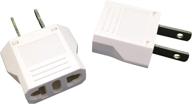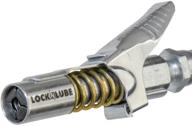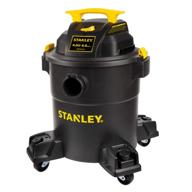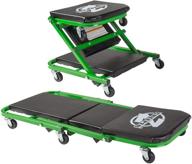
Review on 🔌 XL6009 XL6009E1 Boost Converter Module - DC-DC 3.0-30V to 5-35V Output Voltage Adjustable Step-up Converter Board Module (5pcs) - Enhanced SEO by Rhett Fifer

Good quality, but read this note before switching on
Bought 5 of these, switched on the first device with 13.6 VDC with current limiting to about 2 A, reduced the output voltage, etc. The implemented power The voltage was 40V and the board got hot so I switched it off. Potentiometer turned 20-25 turns clockwise. Connected power and adjusted potentiometer for 24 VDC output. It seemed to work, but the board got hot, and comparing the input and output power confirmed that I was burning 3 watts in the power amp. Not very good. So I decided to test all the boards, but first I started with a full CW potentiometer. These remaining 4 boards performed as expected with no heat at 13.6VDC input, 24VDC output into a 68 ohm (350mA) load. I found that the gain control over the 10-18V input voltage range should be good for simulating an automotive application. I ran into another issue that might be useful to know about, related to input current limiting. If I set the PSU's input current limit too low during the test, say 1A, the device turned on with a voltage spike that reached the current limit, and the lab PSU cut off the output voltage. This caused the boost regulator under test to draw more current, causing the lab power supply output to drop, etc. So it looked like it wasn't working. However, when booting up with a maximum supply current of up to 3 A, the devices started normally under load. Therefore, when testing and applying, be sure to allow the device to power up with sufficient current - this includes wiring to the boost power supply. It looks like the first unit that ran at 40V damaged the flyback diode (SS34 Schottkey 40V, 3A, SMC) as it heats up with little or no load, even though I did the pot turned around. I could swap out the SS34 just to find out, but at 46 cents it's hardly worth my time when the whole board costs $1.75. Summary - Before first powering up, turn the bank fully clockwise and make sure you have extra margin for surge current when powering up. I would definitely put a fuse on the +IN supply line.
- A few competitors
- Some little things
New products
Comments (0)
Top products in 🚪 Garage & Shop
Another interesting products
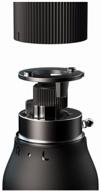
Xiaomi Mijia Ratchet Screwdriver 16 in 1 Screwdriver with Interchangeable Bits, 10 pcs, Black

22 Review

Tool set Ombra OMT82S12, 82 pcs, brown

22 Review
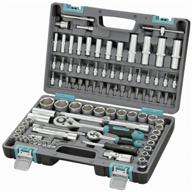
Bit and socket set Stels Tool set, 1/2", 1/4", CrV, plastic case 94 pcs, Stels, 94 pcs, black

46 Review
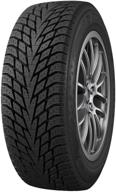
Cordiant Winter Drive 2 255/55 R18 109T

33 Review


